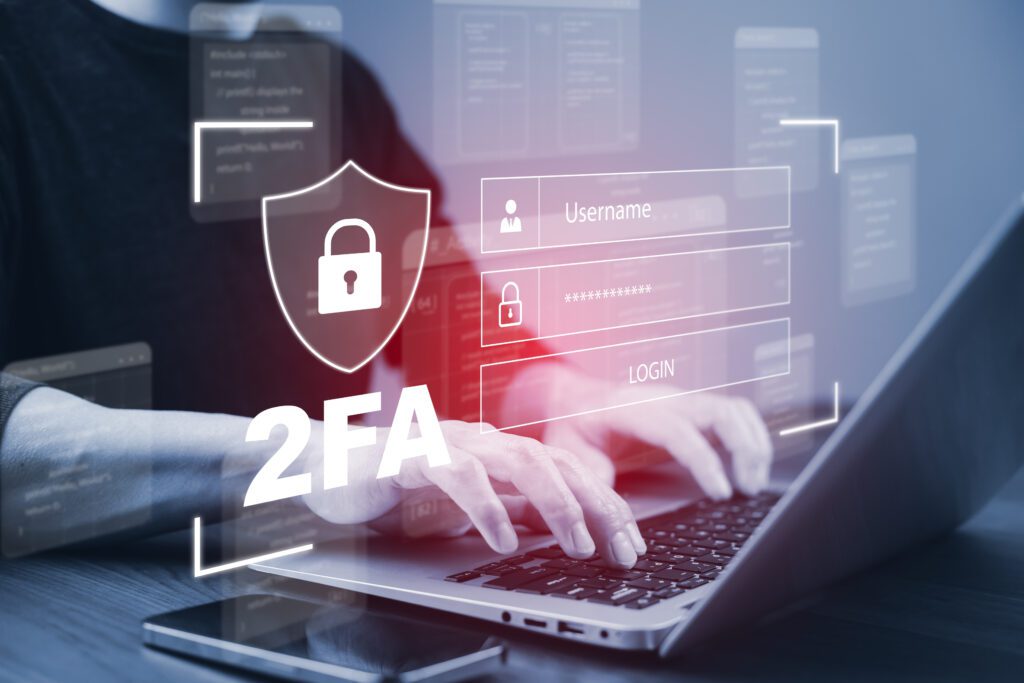
Combating Phishing: Methods for Banks to Detect & Take Down Phishing Sites
Lukas Jakubicek
- December 22nd, 2024
Phishing attacks pose a significant threat to banks and their customers, as cybercriminals attempt to deceive individuals into revealing sensitive information.


To protect customers and preserve the integrity of their brand, banks employ various methods to detect, deactivate, and take down phishing sites. In this article, we will explore the strategies and techniques used by banks to combat phishing attacks effectively.
Automated Phishing Detection Systems
Banks utilize sophisticated automated phishing detection systems that continuously monitor the web for phishing sites. These systems employ machine learning algorithms and threat intelligence to identify and flag suspicious websites that mimic the bank’s legitimate online platforms. By analyzing various indicators such as domain names, website content, and hosting details, these systems can quickly identify potential phishing sites.
Customer Reporting and Feedback
Banks encourage their customers to report suspicious emails, links, or websites through designated channels, such as email or phone hotlines. Customer feedback plays a crucial role in identifying phishing sites, as customers often encounter these fraudulent sites during phishing attempts. By promptly investigating and verifying customer reports, banks can take swift action to deactivate phishing sites and protect other customers from falling victim to the scam.
Collaborative Industry Efforts
Banks collaborate with industry organizations, security vendors, and law enforcement agencies to share information and resources to combat phishing attacks. These collaborative efforts often include exchanging threat intelligence, coordinating takedown requests, and participating in forums or working groups focused on phishing prevention. By pooling their knowledge and resources, banks can leverage a collective defense against phishing threats.
Legal Actions and Takedown Requests
Banks may initiate legal actions and file takedown requests to relevant authorities, domain registrars, web hosting providers, or content platforms hosting phishing sites. By providing evidence of fraudulent activities and violations of intellectual property rights, banks can request the removal or blocking of phishing sites. Legal measures can act as a deterrent and disrupt the operations of cybercriminals, ultimately leading to the takedown of phishing sites.
Phishing Site Monitoring and Analysis
Banks employ dedicated security teams or third-party services to monitor and analyze phishing sites actively. These experts investigate the techniques, infrastructure, and mechanisms used by cybercriminals to deceive customers. By gaining insights into the tactics employed, banks can develop proactive strategies to combat phishing attacks, identify trends, and strengthen their security controls.
Phishing Site Redirection and Spoofing Countermeasures
To protect customers, banks may implement measures to redirect users who mistakenly access phishing sites to legitimate web pages or display warning messages. Additionally, banks can employ techniques such as website spoofing detection to identify and block attempts to replicate their online platforms. These countermeasures aim to prevent customers from unknowingly interacting with phishing sites and provide them with immediate warnings about potential risks.
Customer Education and Awareness
Banks invest in educating their customers about phishing threats and best practices for staying safe online. Educational initiatives include providing security tips, publishing awareness materials, and conducting phishing simulations to familiarize customers with common phishing techniques. By empowering customers with knowledge, banks reduce the likelihood of falling victim to phishing attacks and increase their ability to recognize and report fraudulent sites.
Conclusion
Combating phishing attacks requires a multi-faceted approach, and banks employ a range of methods to deactivate and take down phishing sites. From automated detection systems and customer reporting to collaborative industry efforts, legal actions, monitoring, and customer education, banks demonstrate a commitment to protecting their customers and maintaining the security of their online platforms. By remaining vigilant and continuously evolving their strategies, banks can effectively mitigate the risks posed by phishing attacks and safeguard the trust and confidence of their customers.

